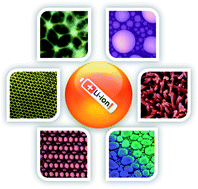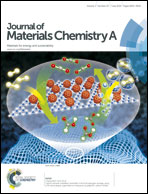Structuring materials for lithium-ion batteries: advancements in nanomaterial structure, composition, and defined assembly on cell performance
Abstract
This review outlines the developments in the structure, composition, size, and shape control of many important and emerging Li-ion battery materials on many length scales, and details very recent investigations on how the assembly and programmable order in energy storage materials have not only influenced and dramatically improved the performance of some Li-ion batteries, but offered new routes toward improved power densities. This review also describes and discusses material aspects of hybrid and multiphasic materials including silicon, germanium, a wide range of metal oxides, alloys and crystal structures, carbons and other important materials. Methods including engineered porosity that offer the energy density of Li-ion batteries and the power density of pseudocapacitors are also highlighted. Recent developments in the analytical methods, electrochemical response, and the structure, composition, size, shape and defined assembly of active materials for a wide range of Li-ion cathodes and anodes are compared and assessed with respect to cell performance. Perspectives on the future development of energy storage materials based on structure as well as chemistry are also outlined.

- This article is part of the themed collection: 2014 Journal of Materials Chemistry A Hot Articles

 Please wait while we load your content...
Please wait while we load your content...